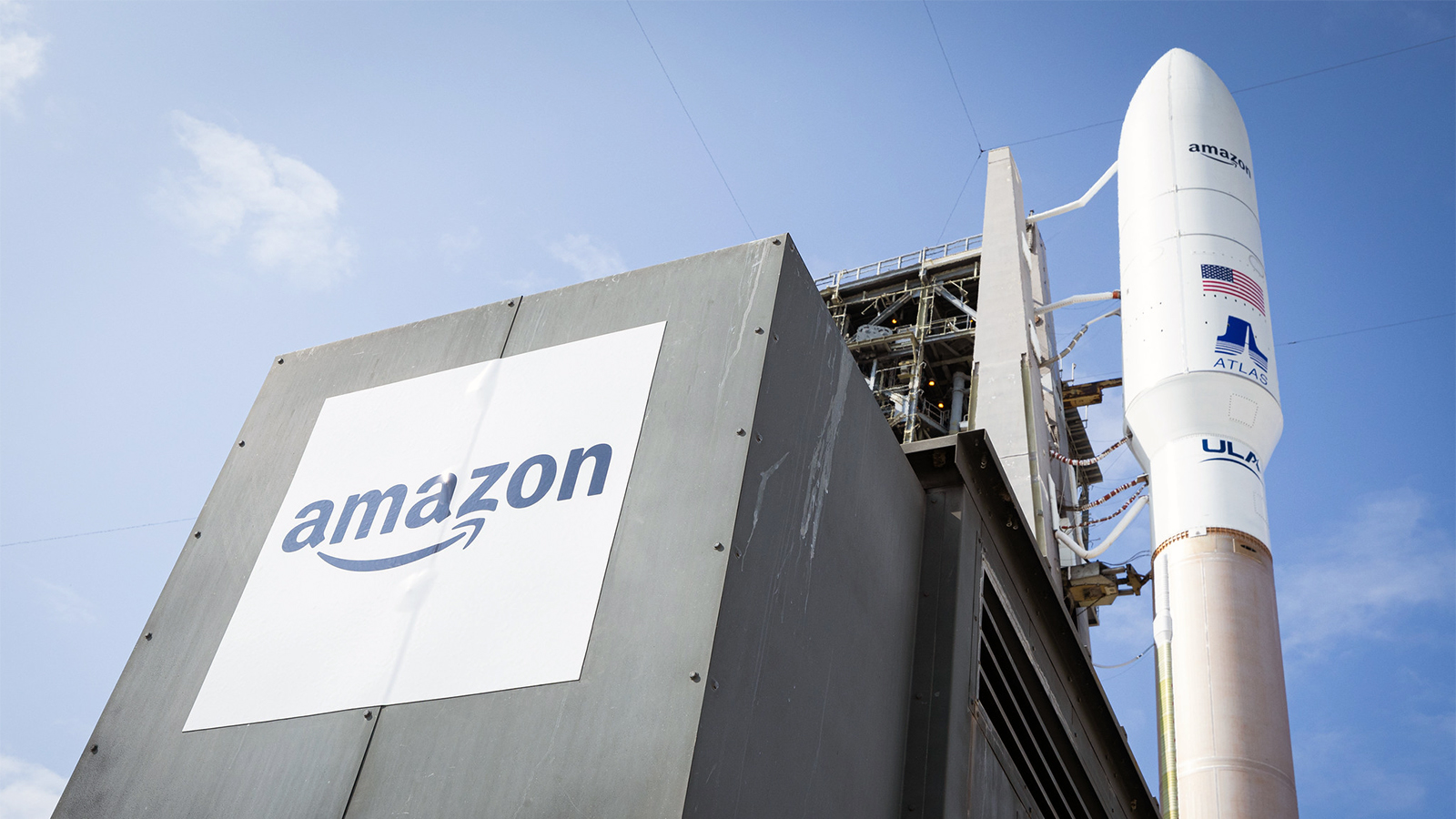Amazon's Starlink rival sees the first 27 satellites successfully reach low-earth orbit — Project Kuiper satellites 'operating as expected'
Are we getting a Starlink rival soon?

Amazon CEO Andy Jassy just confirmed that the company’s Project Kuiper has begun deploying satellites in low-earth orbit. “Important moment for @ProjectKuiper as we just confirmed our first 27 production satellites are operating as expected in low Earth orbit,” Jassy said on his status on X (formerly Twitter). “While this is the first step in a much longer journey to launch the rest of our low Earth orbit constellation, it represents an incredible amount of invention and hard work. Am really proud of the collective team.”
Important moment for @ProjectKuiper as we just confirmed our first 27 production satellites are operating as expected in low Earth orbit. While this is the first step in a much longer journey to launch the rest of our low Earth orbit constellation, it represents an incredible… pic.twitter.com/sb2eO6n6ImApril 29, 2025
This deployment will just be the first of many, especially as the company has previously sought permission to launch 3,236 satellites to deliver internet services around the globe. It took six years for Amazon to go from applying for permits from the FCC to launching its satellites, and it will probably take a few more years before it can fully launch the rest of its planned constellation. We will also likely have to wait a few more months before Amazon starts offering satellite internet services to its customers — after all, it took Starlink about one year and five months after the initial launch of its satellites before it could offer subscriptions.
Amazon said that it hopes to deliver internet services to millions of underserved customers globally, meaning it will compete directly against Starlink. However, Musk started earlier than Bezos, with SpaceX launching satellites for Starlink just as Project Kuiper was getting permits from the FCC in 2019. It also has a much larger constellation, with over 7,000 satellites already in low-earth orbit at the time of writing (and plans for 35,000 more).
Because of this, Starlink already has a wide reach, with the company counting customers all over the globe — from the US to the Philippines and from Ukraine to Australia. Furthermore, it offers coverage aboard vessels, with United Airlines offering in-flight internet through the company. Even some enterprising Navy chiefs were able to sneak a Starlink illegally onboard a US Navy ship while it was deployed.
Still, Amazon's offering of a competing satellite internet service is crucial for consumers, as this will allow for competition and give customers the option to pick a service that fits their needs better. Another company is also trying to enter the satellite internet space — China-based SpaceSail already has 648 satellites in low-earth orbit and has agreements in place with Kazakhstan and Brazil, with plans to expand to 15,000 satellites by 2030. These new entrants in the low-earth orbit satellite internet industry will pressure Starlink to offer cheaper and better services. While this might be a cause for concern for Musk and his shareholders, this could be the ultimate win for the end-user.
Follow Tom's Hardware on Google News to get our up-to-date news, analysis, and reviews in your feeds. Make sure to click the Follow button.
Get Tom's Hardware's best news and in-depth reviews, straight to your inbox.

Jowi Morales is a tech enthusiast with years of experience working in the industry. He’s been writing with several tech publications since 2021, where he’s been interested in tech hardware and consumer electronics.
-
hotaru251 the amount of $ spent on this leo stuff could easily of been diverted to just building fiber for cheaper and larger benefit.Reply -
edzieba ReplyStill, Amazon's offering of a competing satellite internet service is crucial for consumers, as this will allow for competition and give customers the option to pick a service that fits their needs better
But only for customers who have not already deployed OneWeb or O3b. Or for lower bitrates, Orbcomm or Inmarsat (BGAN).
Kuiper is pretty late to the satellite constellation party. -
passivecool Reply
And so we thread glass fiber connections to boats in the middle of the Atlantic, through the Sahara and to the Basecamp of Everest? Great plan. So glad someone with your vision is in charge.hotaru251 said:the amount of $ spent on this leo stuff could easily of been diverted to just building fiber for cheaper and larger benefit.
WHY are there satellite telephones? To have coverage where there is no other infrastructure.
WHERE do we need satellite internet? ....